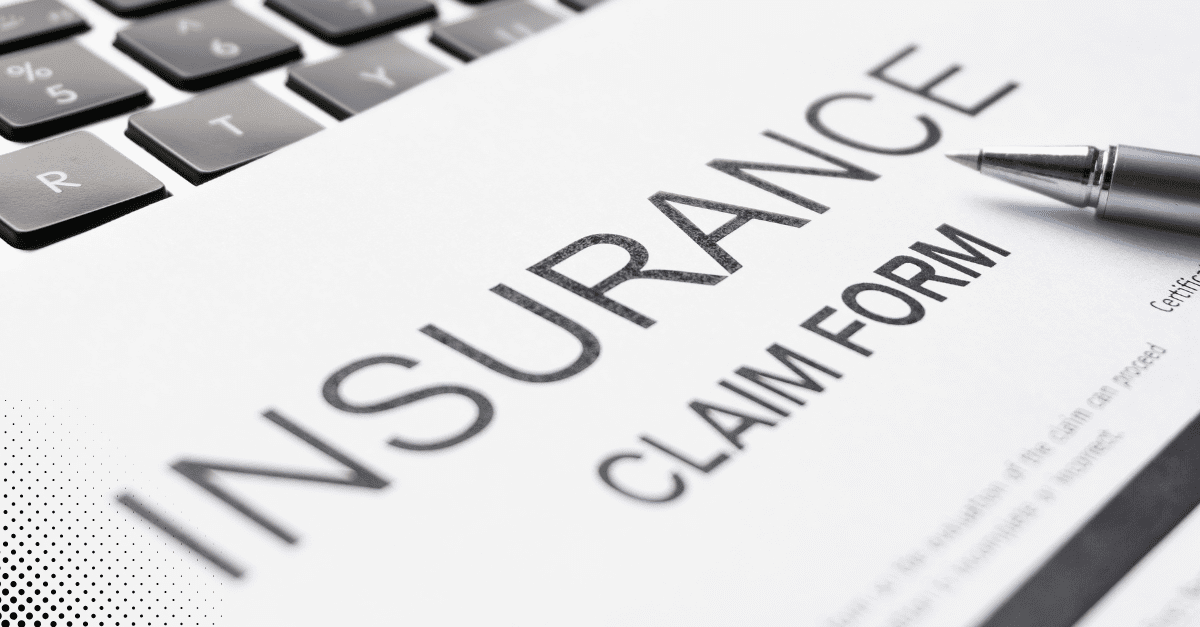
What Happens When You File A Claim
Updated: September 8, 2025
Inside A Claim: What Happens When You File
Filing an insurance claim can feel overwhelming, especially if it’s your first time. Whether it’s property damage from a storm, water leak, or liability issue, knowing what to expect can make the process less stressful and more efficient.
At All Pro Coverage, we believe in transparency. That’s why we’re breaking down what happens when you file a claim, step by step. This guide will help you feel confident and prepared, so you can get the protection and support your policy promises to provide.
Step 1: Assess The Damage And Stay Safe
Before you call your insurance company, make sure you’re safe. In cases such as fire, storm damage, or break-ins, your priority should be to contact emergency services if necessary and secure your property from further damage.
Take clear photos and videos of the damage before cleanup begins. These visuals provide vital evidence and help support your claim.
Step 2: Review Your Policy
Next, take a few minutes to review your insurance policy documents. Look for:
- What’s covered and what’s excluded
- Your deductible
- Any time limits on filing a claim
- Required steps to mitigate further damage
If you’re unsure what your policy includes, All Pro Coverage can help you understand your coverage in plain language.
Step 3: Contact Your Insurance Provider
Now it’s time to start the claim process officially. Most insurance companies allow you to file by phone, online, or through a mobile app. Be prepared to provide:
- Your policy number
- Date and time of the incident
- A detailed description of what happened
- Photos or videos of the damage
- A list of damaged items or repairs needed
Once your claim is submitted, you’ll receive a claim number and be assigned a claims adjuster.
Step 4: Work With Your Adjuster
The adjuster is your primary point of contact throughout the claim process. Their job is to assess the damage, verify what your policy covers, and estimate repair or replacement costs. This may involve:
- An in-person inspection
- Interviews with you or other parties involved
- Reviewing repair estimates or contractor bids
If the claim is complex (such as one involving structural damage or business interruption), they may request additional documentation or schedule multiple visits.
 Step 5: Receive A Settlement Offer
Step 5: Receive A Settlement Offer
Once the adjuster has completed their assessment, your insurance company will issue a settlement offer. This offer outlines:
- The approved claim amount
- How and when will the payment be made
- Any deductible subtracted
- Next steps for repairs or reimbursement
You are not required to accept the first offer. If you feel it’s too low or inaccurate, you can dispute it or ask for a second opinion.
Step 6: Repairs And Final Payment
Once the settlement is accepted, funds are disbursed to cover repairs, replacements, or other covered losses. Depending on your mortgage lender or contractor agreements, payments may be sent directly to you or a third party.
Keep all receipts and invoices—your insurer may request documentation for final payment or reimbursement.
What If Your Claim Is Denied?
Claim denials can happen due to uncovered damage, missing documentation, or missed deadlines. If your claim is denied:
- Review the explanation letter carefully.
- Ask your adjuster for clarification.
- Provide any missing information.
- File an appeal if appropriate.
At All Pro Coverage, we advocate for our clients and guide you through the appeals process when needed.
Final Thoughts: Be Prepared Before You Need To File
The best time to understand your insurance policy is before you have to use it. Whether you’re a homeowner, contractor, or business owner, regularly reviewing your coverage and keeping your documents organized can save you time and stress in the long run.
Need Help Understanding Your Policy?
All Pro Coverage is here to protect what matters most. If you’re unsure what your current policy covers or want help navigating a claim, please give us a call at 888-858-1777 or visit https://www.allprocoverage.com/.
